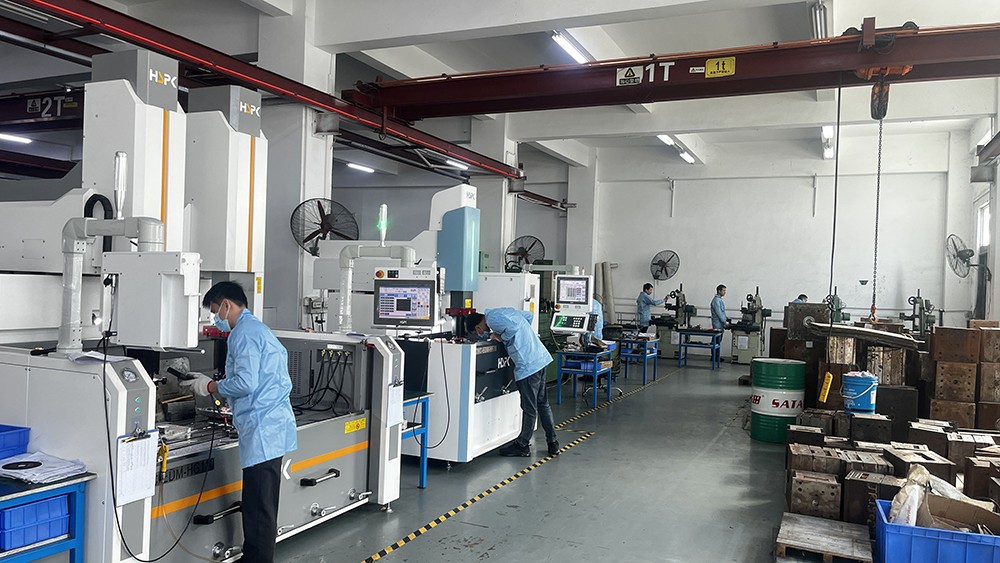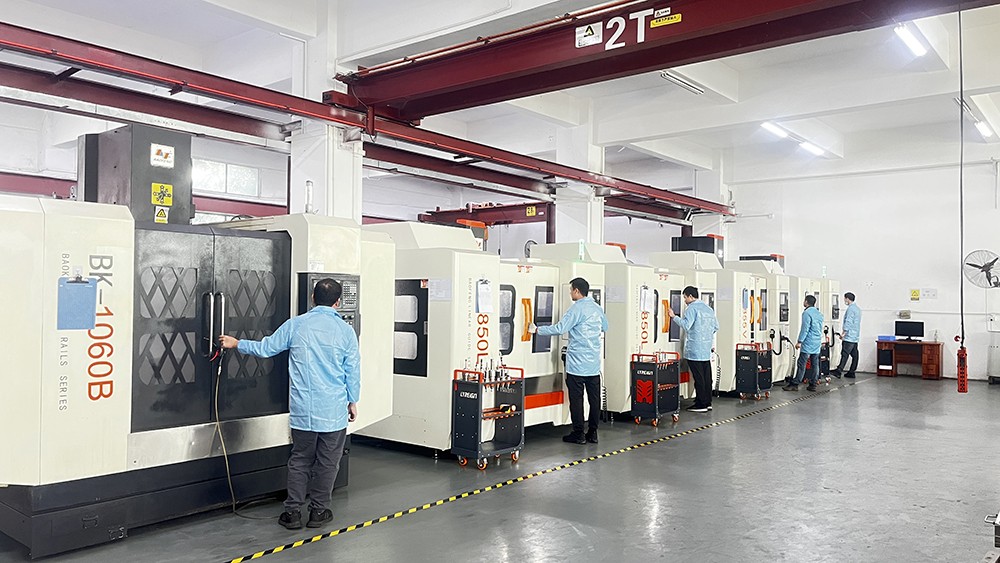Contents
CNC machining represents a leap forward in automation and manufacturing processes. By utilizing pre-programmed software, CNC machines can perform a wide range of tasks, from cutting and drilling to shaping and finishing. For silicone products, this means being able to create items with precise dimensions and intricate designs that would be challenging or impossible to achieve through manual methods. CNC technology not only increases the speed and consistency of production but also reduces the margin for error, ensuring each piece meets exact specifications.
Applications of Silicone and the Need for Specialized Molds
Silicone finds extensive use in various industries due to its unique properties such as thermal stability, chemical resistance, and biocompatibility. It’s utilized in medical devices, automotive parts, consumer electronics, cookware, and more. Given these applications, it’s essential to have molds specifically designed for silicone because of its fluidity during processing and the need for accurate replication of complex geometries. Specialized molds ensure that silicone can be processed efficiently and that the final product meets the stringent requirements of its intended application.


The Process of Forming Silicone Products
Once the mold has been fabricated using CNC machining or other techniques, silicone undergoes different forming processes depending on the desired outcome. Liquid Silicone Rubber (LSR) injection molding is commonly used for producing high-precision components. Compression molding suits larger parts where detailed features are less critical. Transfer molding is another method suitable for small, intricate pieces. Each process involves heating the silicone until it becomes flowable, injecting or placing it into the mold, and then curing it under heat and pressure to form the final product.
Comparison Between CNC Processing and Traditional Mold Making
Time and Cost Efficiency
Compared to traditional mold-making methods, CNC machining offers significant advantages in terms of time and cost. CNC machining can reduce lead times by automating much of the production process and minimizing human intervention. Costs are also better controlled since CNC machining allows for tighter tolerances, reducing material waste and rework. Moreover, CNC machines can operate around the clock, increasing productivity without the need for additional labor.
A Table Comparing Different Manufacturing Methods
| Method | Manufacturing Time | Cost | Production Scale | Precision |
| CNC Machining | Faster | Moderate-High | Large-Scale | High |
| Traditional Casting | Slower | Lower | Small-Scale | Moderate |
| Injection Molding | Fastest | High | Mass Production | Very High |
| Hand Carving | Slowest | Low | Custom/Small-Batch | Low |
Using CNC Machining to Create Molds
Creating molds for silicone products begins with designing the mold using CAD software. Once the design is finalized, it is transferred to a CNC milling machine or lathe for carving. This process ensures that the mold is produced according to the exact specifications required for the silicone product. After machining, the mold must be inspected for any imperfections that could affect the quality of the final product. Additionally, the design phase must consider the characteristics of silicone, such as its shrinkage rate and the ease of demolding.
Types of CNC Processing for Silicone Molds
Several CNC technologies are employed in creating molds for silicone products, including CNC milling, CNC turning, and surface treatments. CNC milling is used for creating molds with complex shapes and fine details. CNC turning is suitable for cylindrical or symmetrical parts. Surface treatments can improve the durability and release properties of the mold, ensuring smooth production cycles and extending the life of the mold.


Advantages of Using CNC Machining for Silicone Product Molds
The benefits of using CNC machining for silicone product molds are numerous. CNC machining provides exceptional precision, allowing for the creation of highly complex shapes and designs that might not be feasible with other methods. The repeatability and consistency offered by CNC machining ensure that every part produced from the mold is identical, which is crucial for industries requiring strict quality control. Furthermore, CNC machining can offer cost savings over time due to reduced setup times and lower labor costs. Quick turnaround times and flexibility in material choices further enhance the appeal of CNC machining for silicone mold production.
In conclusion, CNC machining plays a pivotal role in the modern production of silicone products, offering a blend of precision, efficiency, and adaptability that traditional methods cannot match. As industries continue to evolve, CNC machining will likely remain at the forefront of innovation for silicone product development.


